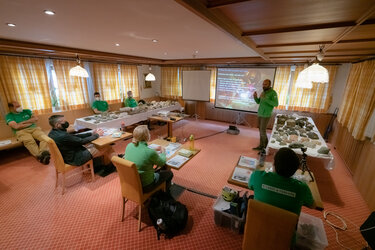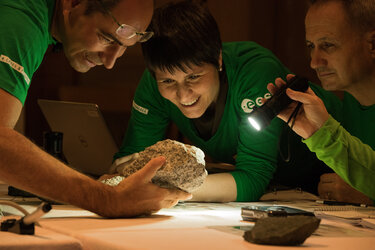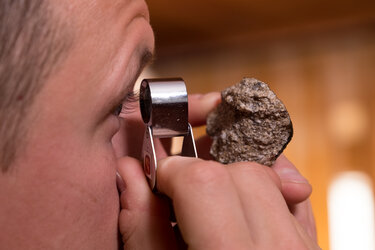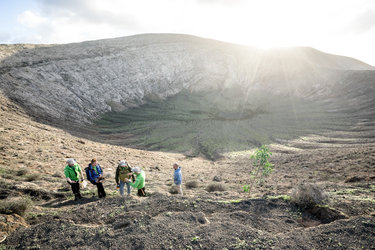

Pangaea lesson
Participants in the second edition of ESA's Pangaea geology field training course receive a lesson in surface geology interpretation using orbital images.
Pangaea prepares not only astronauts, but also mission developers to work with European planetary geology field scientists on operational concepts for exploration, operating rovers and the design of sample-return missions. This year’s course concentrates on Earth and planetary geology, interpreting orbital images, planetary protection, lunar geology and impact cratering.
Participants include ESA astronauts Samantha Cristoforetti, Pedro Duque and Matthias Maurer, as well as members of ESA’s exploration strategy and future missions team.
Read more: Sampling the future: Pangaea geology course goes operational





